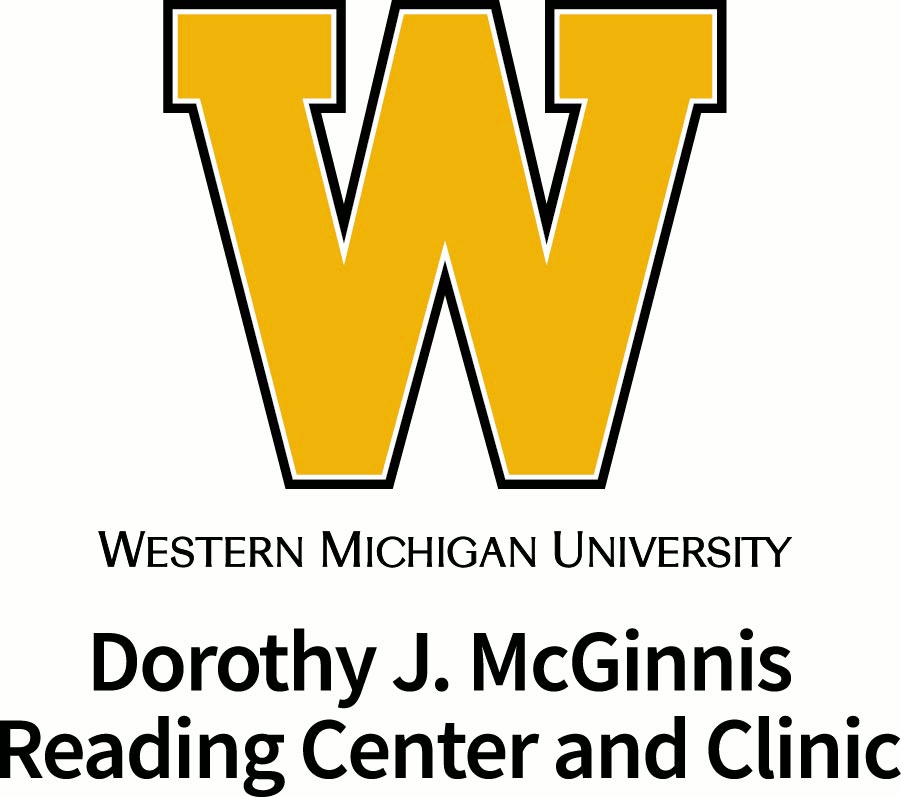Publication Date
12-19-2018
Abstract
Because dual-language books (DLBs) are written entirely in two languages, they have the potential to help readers develop multilingual literacy skills while acting as cultural and/or linguistic windows and mirrors. However, the ways in which publishers choose words when translating, format languages, and represent cultures have implications for readers in terms of identity, readability, and language learning. This content analysis of 69 U.S. Spanish–English dual-language picturebooks published from 2013–2016 investigated trends in DLBs’ cultural, linguistic, formatting, and readability factors. It also determined these trends’ relationships with publisher types, original publication language, and author and character ethnicity. Findings include that publishers specializing in multilingual or Latinx literature tend to create more DLBs featuring Latinx characters and with more diverse portrayals than in the past. However, regardless of publisher type, original language, or author/character ethnicity, DLBs’ formatting generally privileges English. The implicit marginalization of Spanish and the need to seek out smaller, lesser-known publishers for diverse Latinx portrayals can have implications for readers’ identity and biliteracy development.
Recommended Citation
Domke, L. M. (2018). Probing the Promise of Dual-Language Books. Reading Horizons: A Journal of Literacy and Language Arts, 57 (3). Retrieved from https://scholarworks.wmich.edu/reading_horizons/vol57/iss3/3
Included in
Bilingual, Multilingual, and Multicultural Education Commons, Children's and Young Adult Literature Commons, Language and Literacy Education Commons


